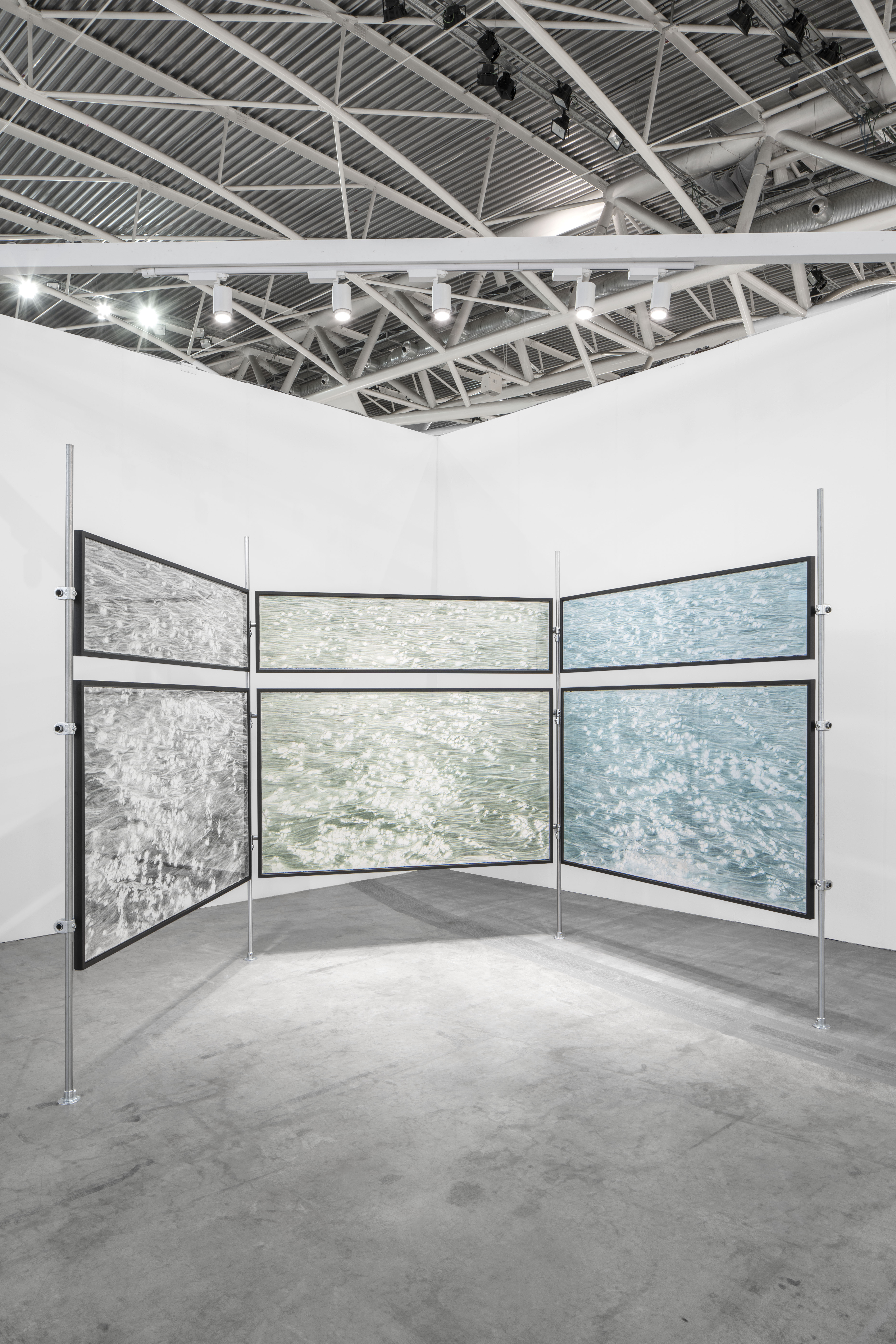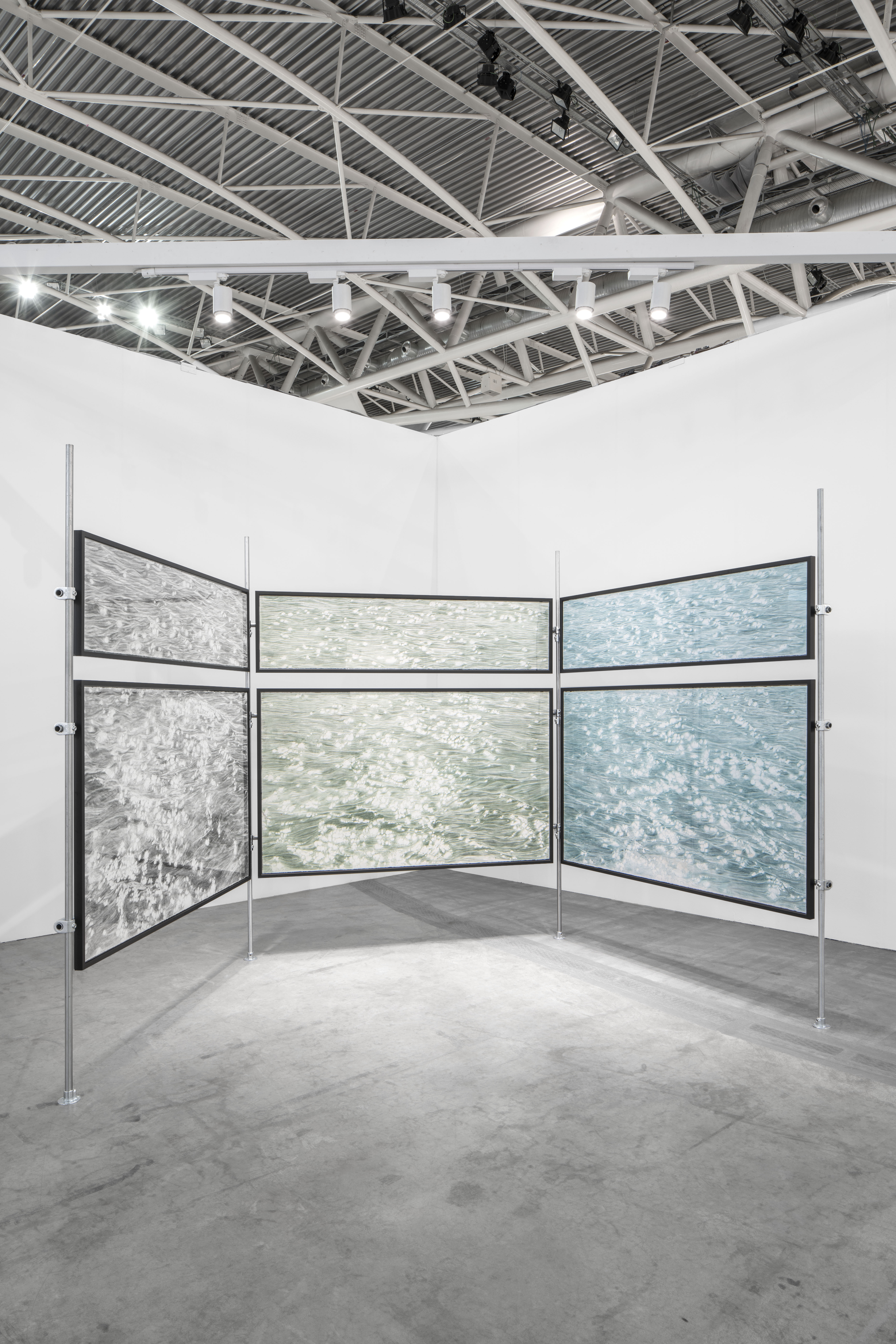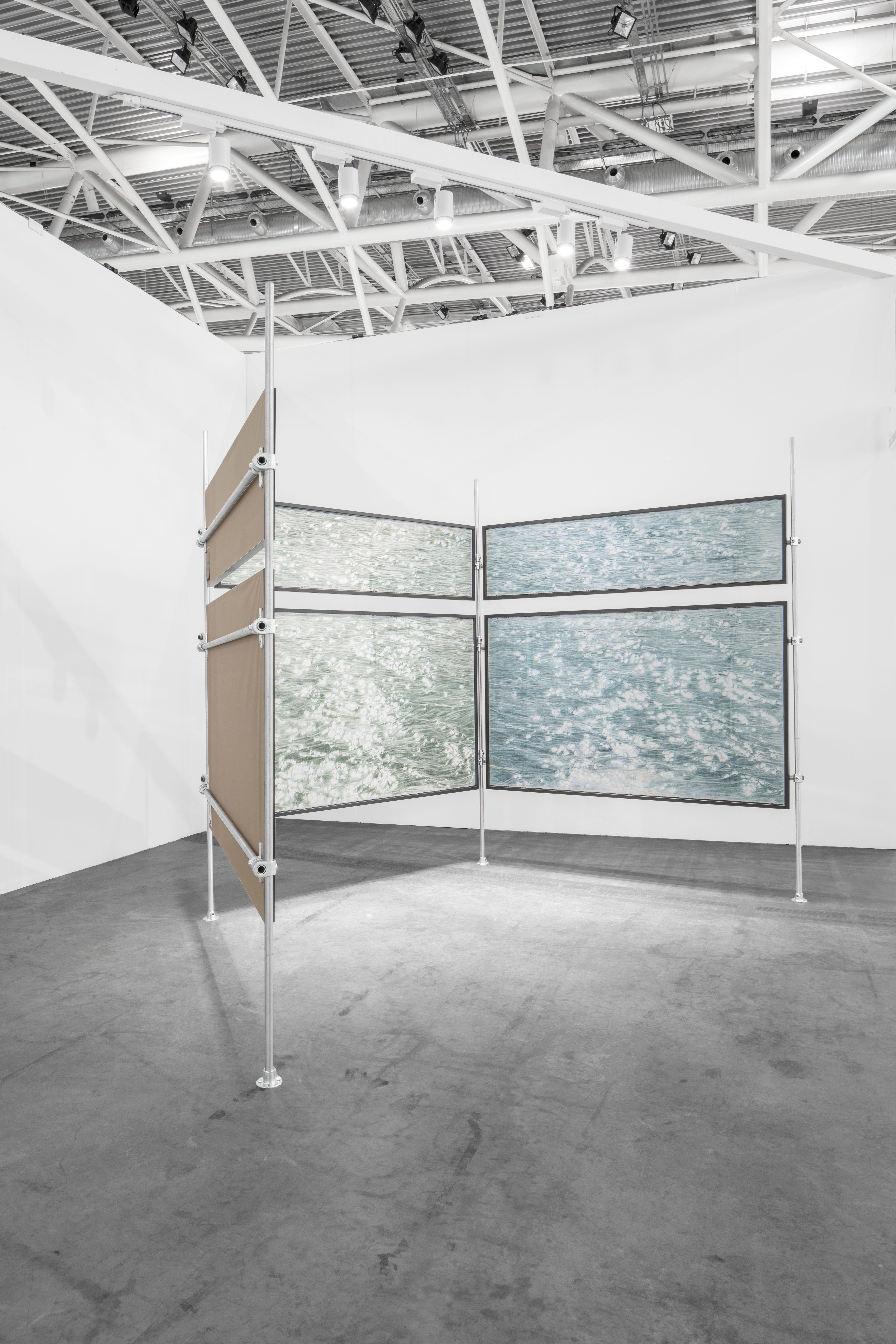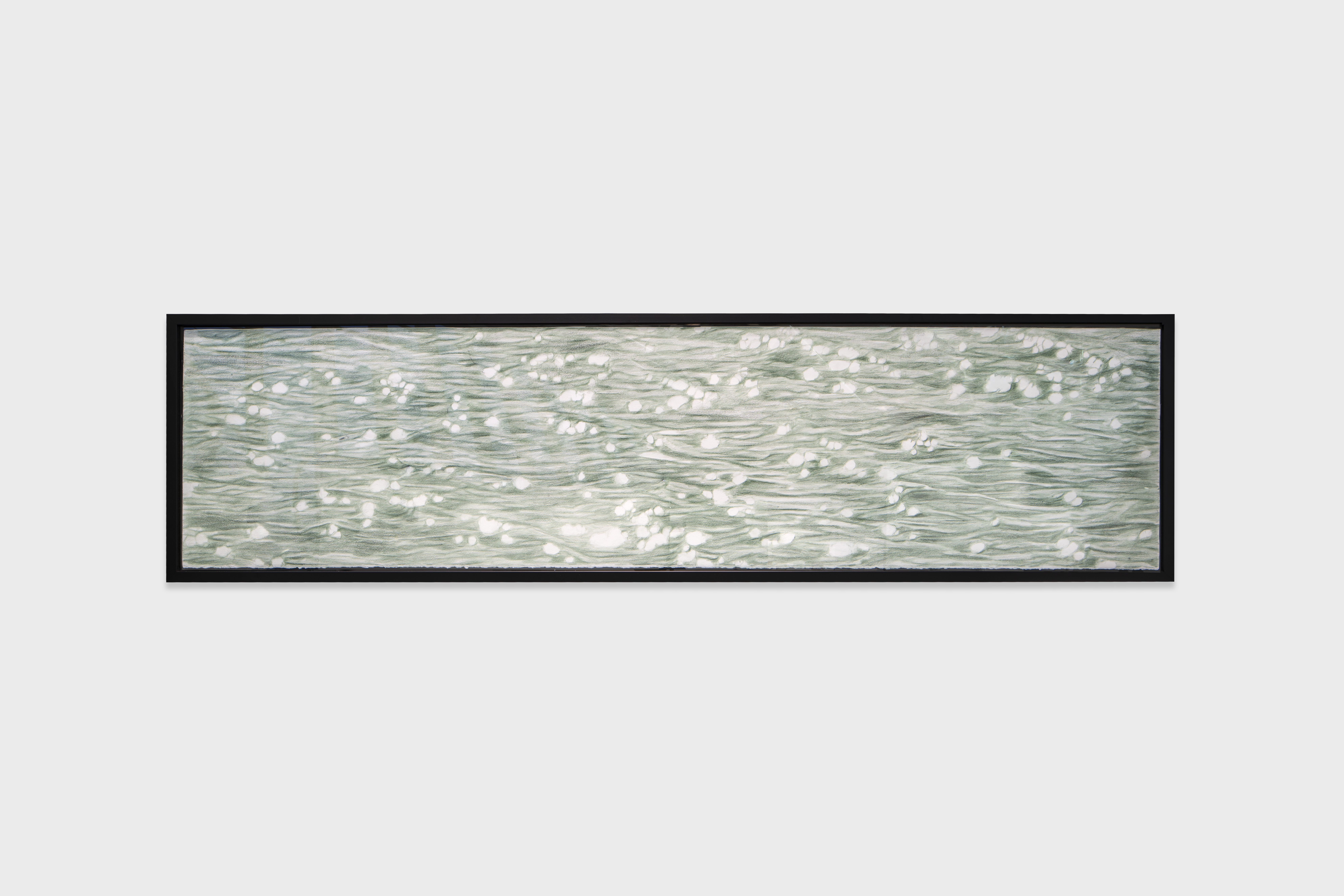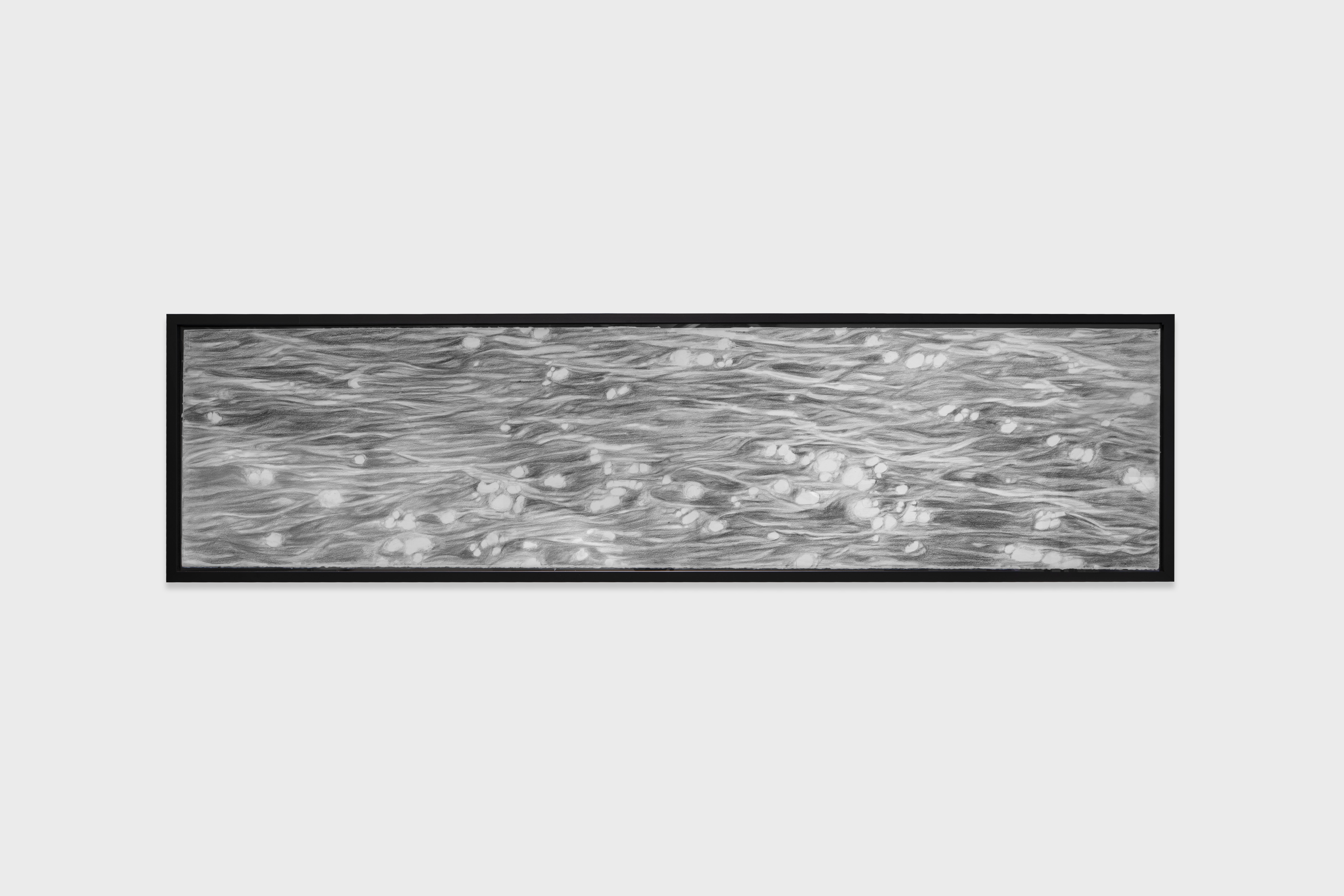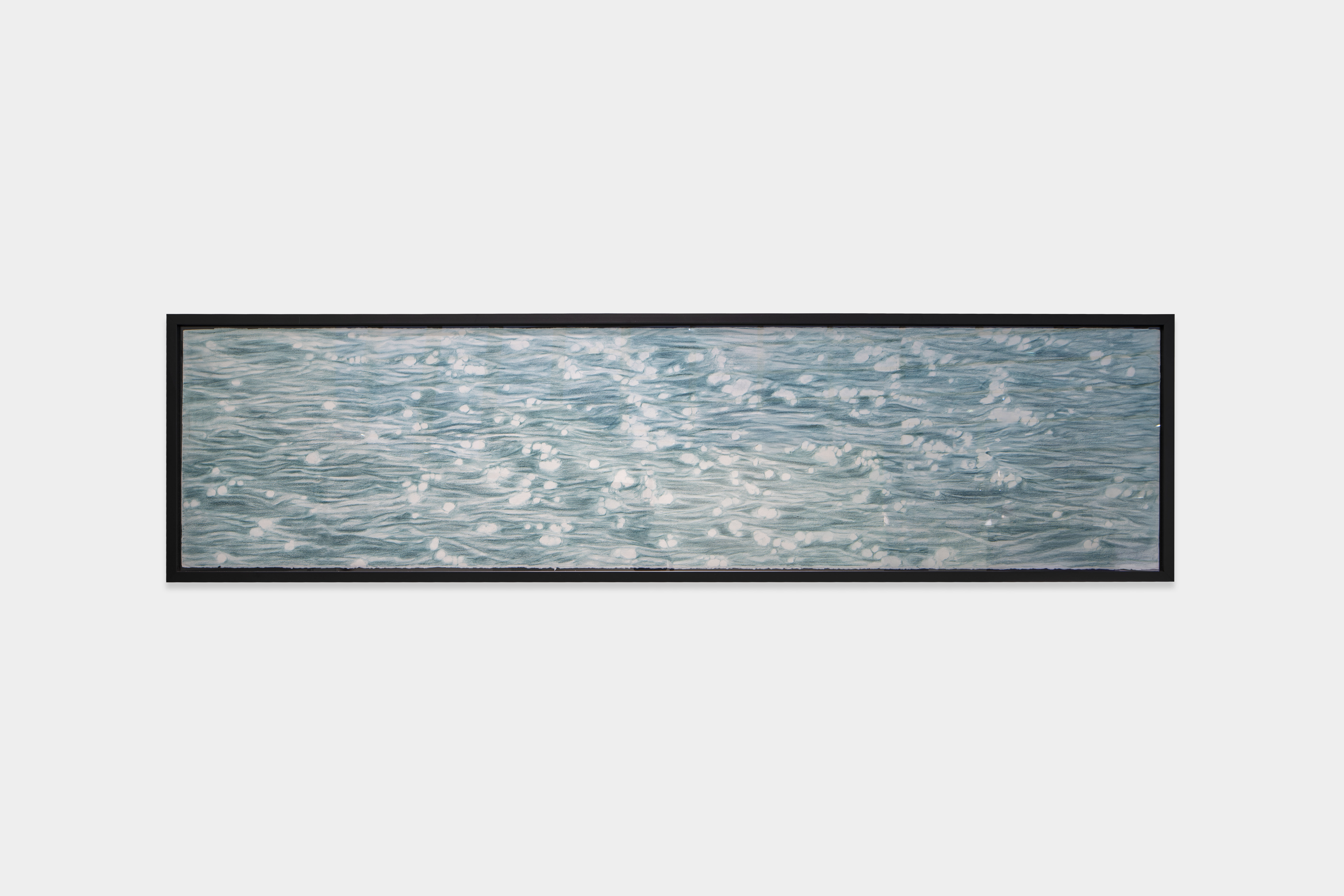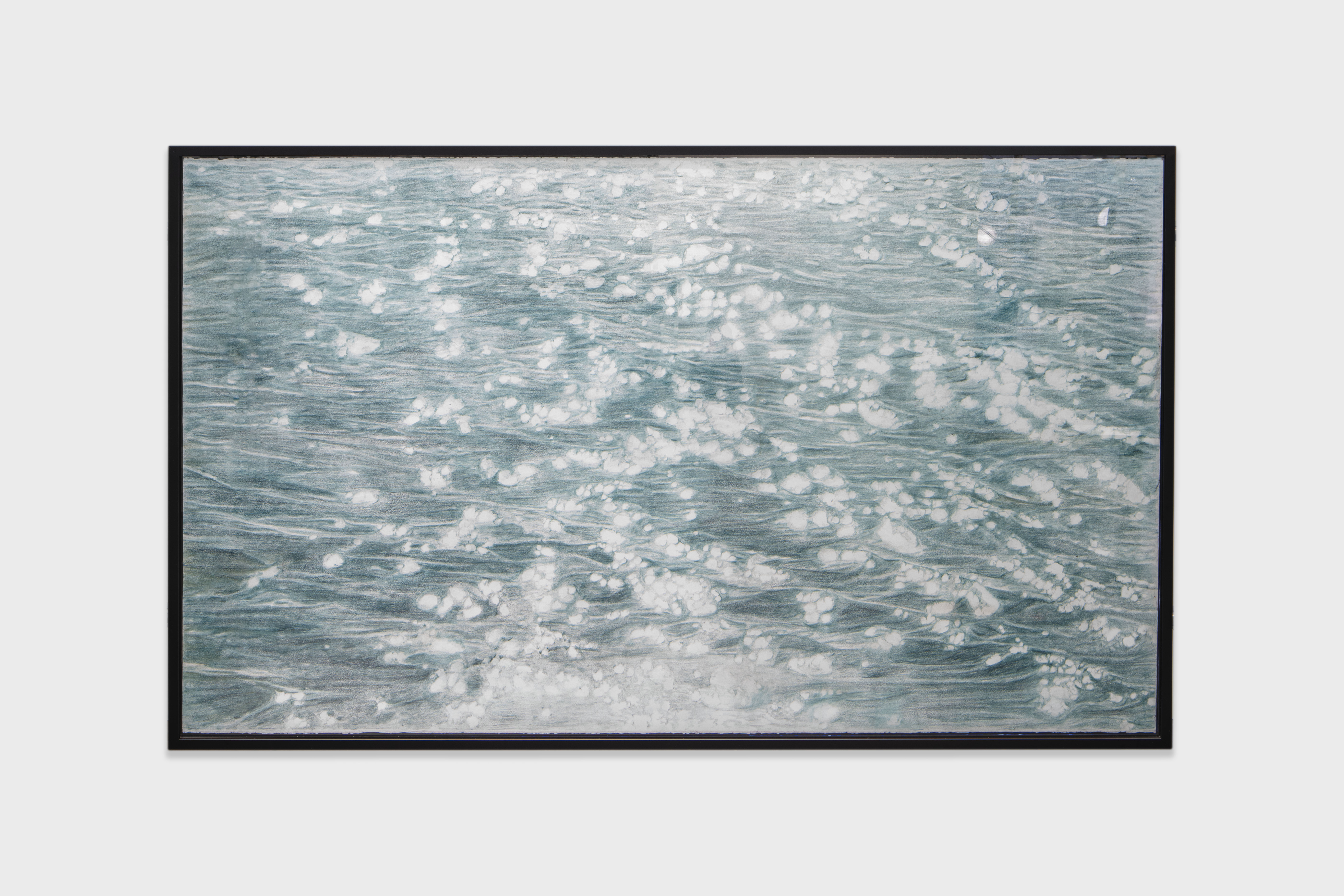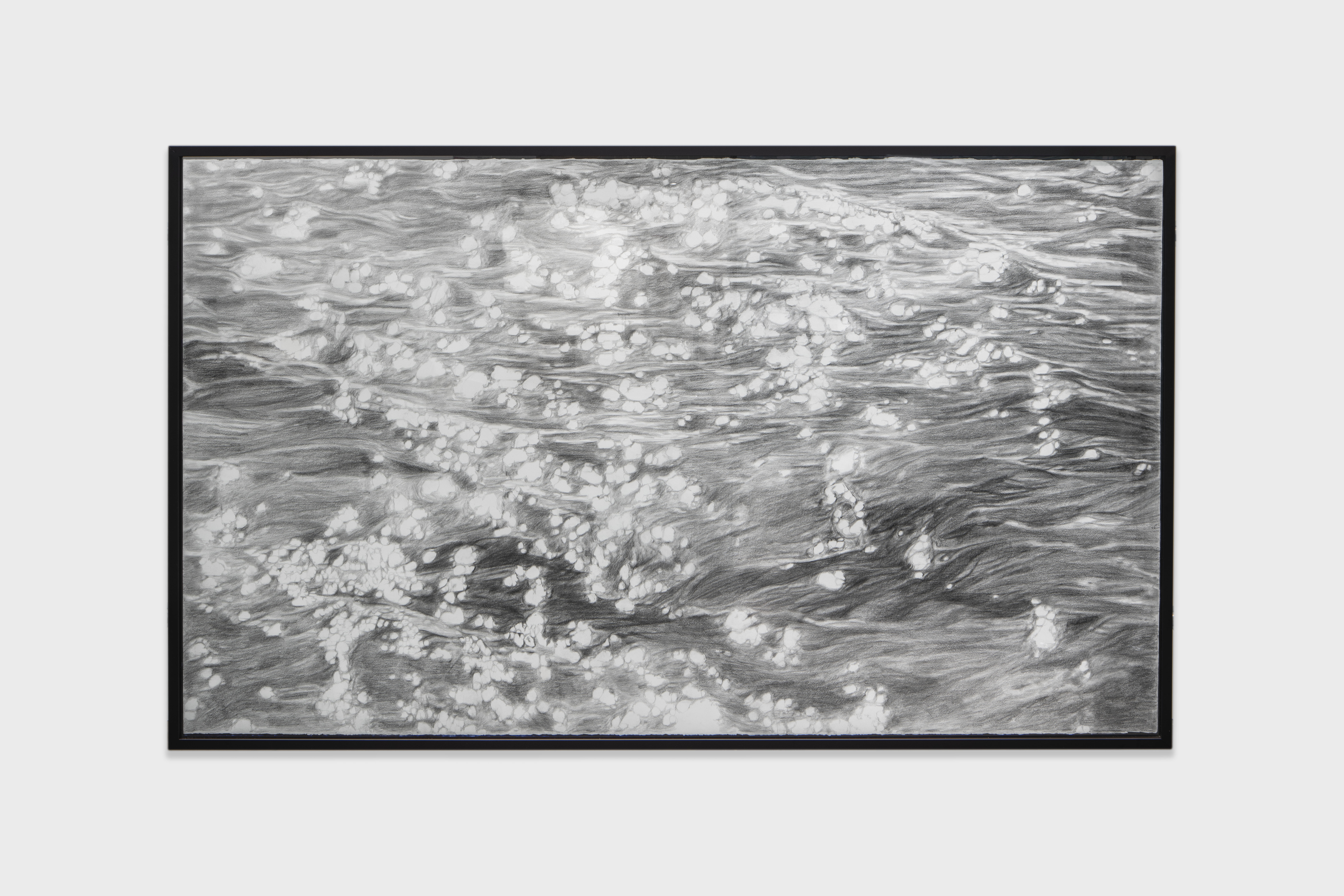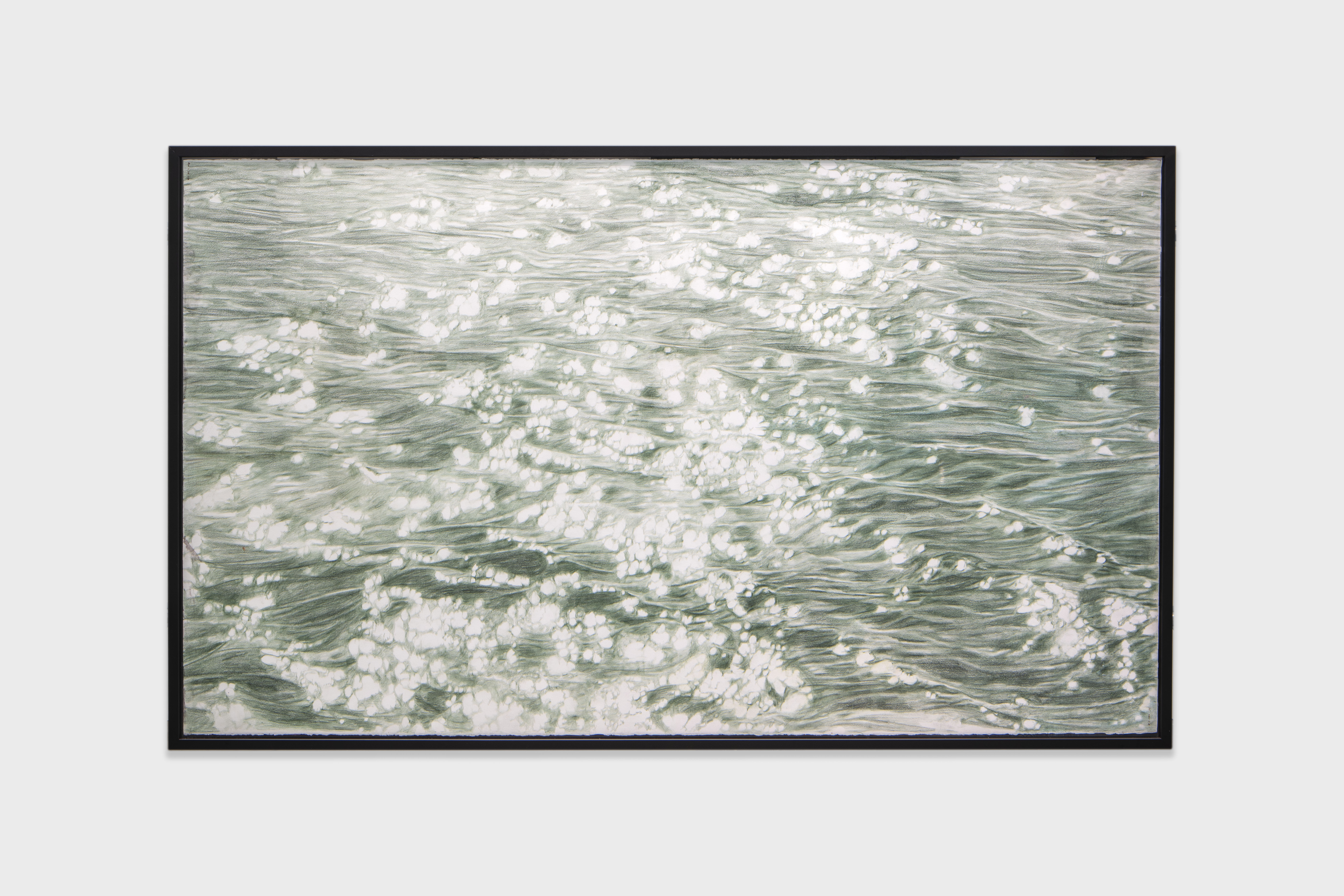
Artissima 2025
Shaan Bevan
1 / 0
La presentazione indaga il rapporto tra confinamento spaziale e desiderio di illimitatezza, non come condizioni opposte, ma come stati reciprocamente costitutivi che plasmano l'esperienza di incarnazione e trascendenza del soggetto moderno. L'opera colloca questa tensione all'interno di un vocabolario materico fatto di superfici, residui e tracce, dove il gesto di guarigione diventa inseparabile dai processi di dissoluzione e trasformazione.
Piuttosto che evocare un luogo specifico di cura, l'installazione si dispiega all'interno di una topologia astratta di contenimento, uno spazio che riecheggia le architetture della guarigione, dell'isolamento e della riflessione. In contrapposizione a questa limitatezza, i disegni e gli elementi scultorei evocano il continuum fluido del mare: una figura dell'elementale, dell'attraversamento e della migrazione, dell'esposizione del corpo a forze al di là del controllo.
In questo senso, il mare opera sia come orizzonte geografico che metafisico: il Mediterraneo come matrice, specchio e soglia. Allude alle storie di movimento e spostamento, suggerendo allo stesso tempo un'ontologia più profonda del fluido: l'ingestibile, il femminile, il divino, l'erotico.
Le procedure materiali di Bevan – ossidazione, corrosione, macchie chimiche, alchimia dei pigmenti naturali – provocano un lento deterioramento della materia solida. Esse tracciano una condizione in cui la forma è perennemente compromessa, dove la superficie registra sia il danno che la rigenerazione. All'interno di questo campo instabile, la guarigione viene reimmaginata non come un ritorno all'integrità, ma come un abbraccio della permeabilità: il corpo, l'opera d'arte e il mare condividono tutti la stessa ontologia porosa.
Ciò che emerge non è un'immagine di trascendenza, ma di immanenza: uno stato in cui i limiti del corpo e le architetture che lo sostengono sono continuamente negoziati dal desiderio, dal sale e dal tempo.
ENG
The presentation investigates the relation between spatial confinement and the desire for the limitless — not as opposing conditions, but as mutually constitutive states that shape the modern subject’s experience of embodiment and transcendence. The work situates this tension within a material vocabulary of surfaces, residues, and traces, where the gesture of healing becomes inseparable from processes of dissolution and transformation.
Rather than invoking a specific site of care, the installation unfolds within an abstract topology of containment — a space that echoes the architectures of recovery, isolation, and reflection. Against this boundedness, the drawings and sculptural elements evoke the fluid continuum of the sea: a figure of the elemental, of crossing and migration, of the body’s exposure to forces beyond control.
In this sense, the sea operates both as a geographic and metaphysical horizon — the Mediterranean as matrix, mirror, and threshold. It gestures toward histories of movement and displacement while simultaneously suggesting a deeper ontology of the fluid: the ungovernable, the feminine, the divine, the erotic.
Bevan’s material procedures — oxidation, corrosion, chemical staining, natural pigment alchemy — enact a slow undoing of the solid. They trace a condition in which form is perpetually compromised, where the surface records both damage and regeneration. Within this unstable field, healing is reimagined not as a return to integrity but as an embrace of permeability — the body, the artwork, and the sea all sharing the same porous ontology.
What emerges is not an image of transcendence, but of immanence: a state in which the limits of the body and the architectures that hold it are continuously negotiated by desire, salt, and time.
Photo credits Maurizio Esposito
